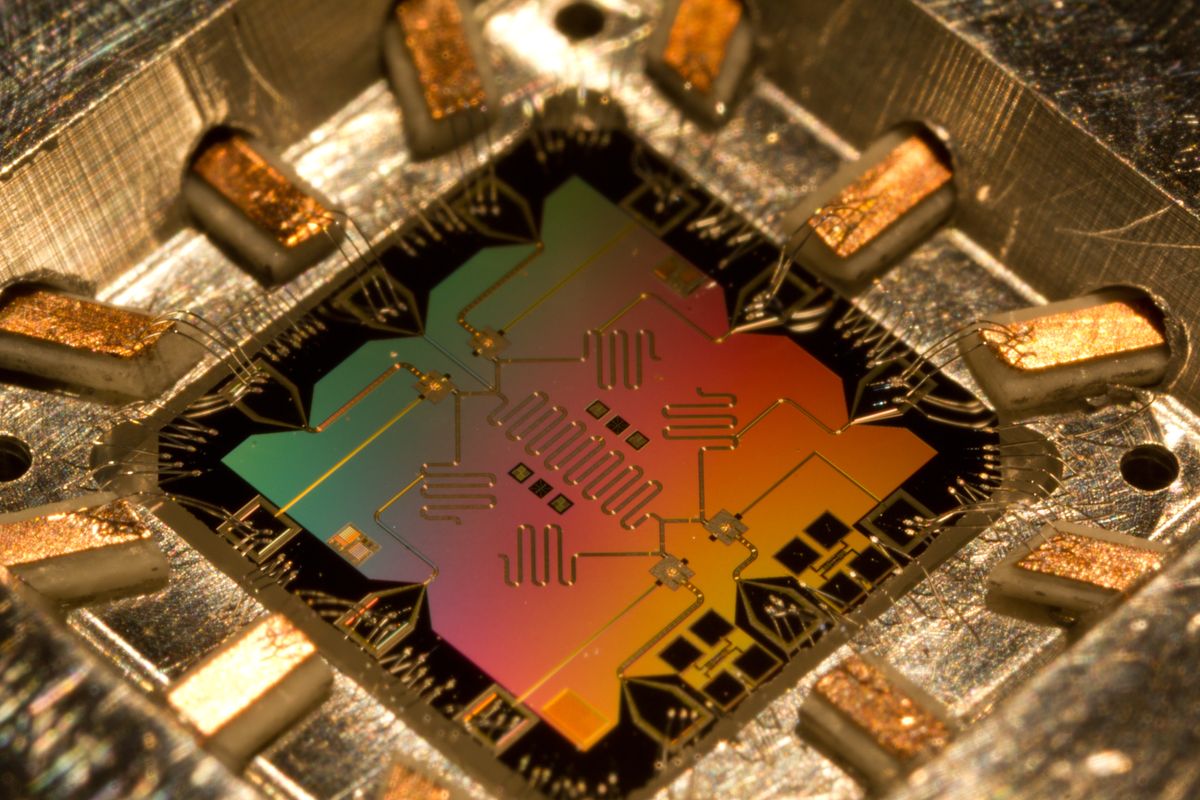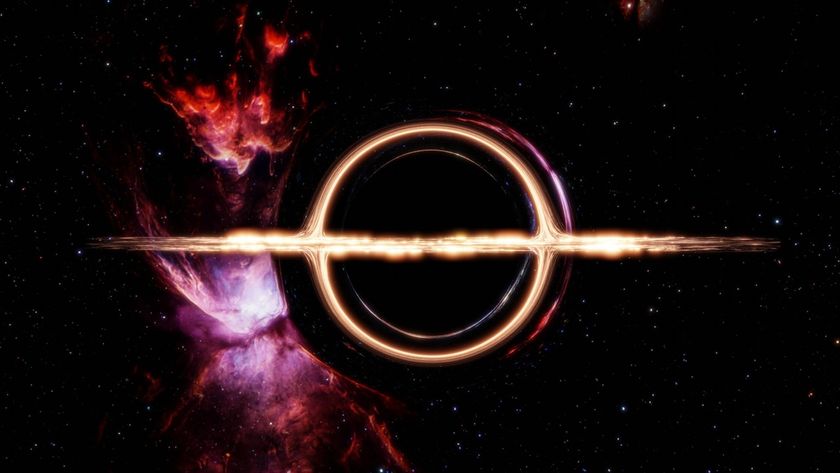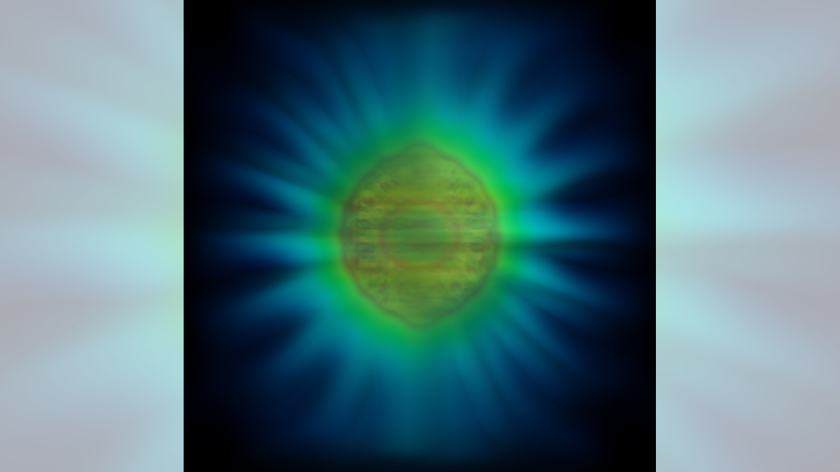Why Are Google & NASA Getting a Quantum Computer?

Think your computer is pretty fast? Think again.
Compared with the newest quantum computer from D-Wave Systems of Burnaby, British Columbia, even the world's most powerful supercomputers are ploddingly slow, The New York Times reports.
The ability of quantum computing to solve problems thousands of times faster than traditional computers is attracting attention from some of the world's largest and most powerful institutions. [10 Technologies That Will Transform Your Life]
Search engine giant Google announced today (May 16) it was teaming with NASA Ames Research Center and the Universities Space Research Association (USRA) to create the Quantum Artificial Intelligence Lab, to be housed later this year at the NASA Ames facility in Moffett Field, Calif., northwest of San Jose.
Their new computing system, dubbed D-Wave Two, is D-Wave's second quantum computer and the second to be installed in California. Lockheed Martin, the world's largest aerospace and defense company, purchased a D-Wave quantum computer in 2011 and installed it at the University of Southern California (USC) in Los Angeles, according to Nature.com.
Though D-Wave reportedly doesn't release any price information on its computers, the BBC states the D-Wave Two cost about $15 million and will be housed in a box the size of a garden shed that will cool the computer's quantum chip to temperatures approaching absolute zero.
Lightning quick
Sign up for the Live Science daily newsletter now
Get the world’s most fascinating discoveries delivered straight to your inbox.
Quantum computers have been a twinkle in the eye of computer designers for years, and have only recently entered the development stage. Compared with the familiar desktop and laptop computers now available, they should be capable of making calculations several orders of magnitude faster.
Conventional computers rely upon codes expressed as binary digits, or bits, with a value of either 0 or 1. A computer with a two-bit register therefore has a total of four (2 to the second power) different states: 00, 01, 10 or 11.
A quantum computer, however, isn't limited to just two values in each bit. Each quantum bit, or qubit, can exist as a 0, a 1, or both a 0 and a 1 simultaneously, a state known as "superposition."
Quantum computers achieve this tremendous feat by taking advantage of the strange nuances of quantum mechanics, the physics theory that describes a microscopic world in which a particle can exist in two different places at once, or spin in opposite directions at the same time. [Twisted Physics: 7 Mind-Blowing Findings]
Testing the D-Wave
Why would entities like Google and NASA — which already own countless high-powered computers — invest heavily in the relatively new field of quantum computing?
Many skeptics wondered the same thing, and have challenged D-Wave to substantiate its claims that quantum computers are worth the price tag and the considerable hype the machines receive.
To put its computers to the test, D-Wave brought in Catherine C. McGeoch, professor in technology and society at Amherst College in Massachusetts. She gave the D-Wave computer a few problems to solve involving optimization, The New York Times reported.
Optimization problems, in simple terms, are comparable to figuring out the best route a traveling salesman should take to visit all his customers in a certain period of time, weighing in factors like traffic, weather and other variables.
D-Wave aces the test
McGeoch's results were striking: The D-Wave machine was 3,600 times as fast as a conventional computing system, according to the Times, proving the quantum computer's potential at solving large, complex optimization problems.
"There could be a tipping point," McGeoch told the Times. "If the problems get big enough, conventional systems break down. In theory, you could solve a large number of optimization problems."
Some researchers, however, doubt that quantum computers actually perform so well, and the practical potential of quantum computers is a hotly debated topic.
"Every problem we have tested can still be solved faster on classical computers," Daniel Lidar, director of the USC computing center, told Nature.
Myriad applications
Google is interested in using the new D-Wave computer to solve problems involving machine learning, in which computers analyze information patterns to make accurate predictions of optimal outcomes in highly complex systems, such as global climate models.
"If we want to cure diseases, we need better models of how they develop," Google officials said in a news release. "If we want to create effective environmental policies, we need better models of what's happening to our climate."
The D-Wave Two machine Google, NASA and USRA have agreed to share will operate on a 512-qubit register, with plans to upgrade the machine to 2,048 qubits when that capacity becomes available within a year or two, the Times reports.
Editor's Note: This article was updated at 11:30 a.m. ET to clarify that NASA has not purchased the D-Wave computer, but is in a partnership with Google and USRA in its use.
Follow Marc Lallanilla on Twitter and Google+. Follow us @livescience, Facebook & Google+. Original article on LiveScience.com.












